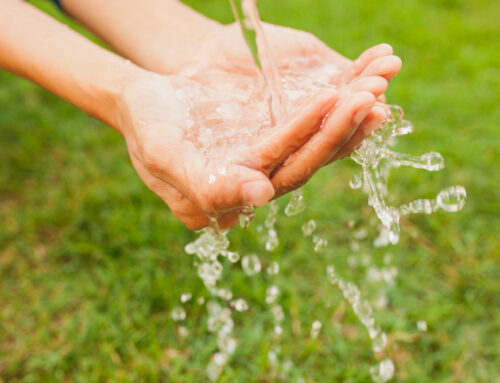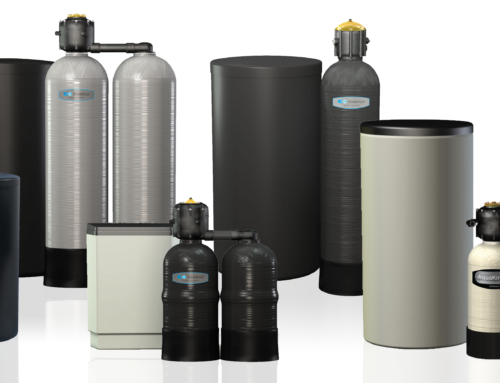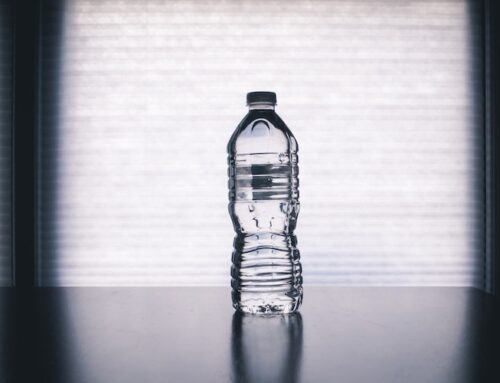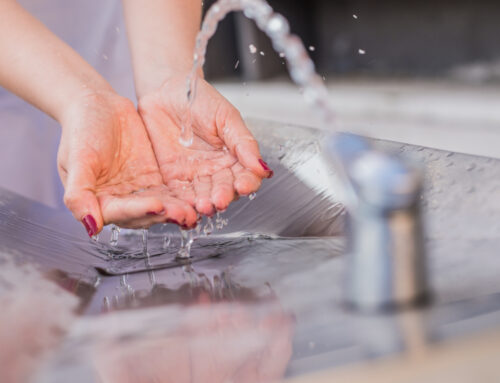When you turn on a faucet for a glass of water, to fill up the tub, or to prepare your favorite meal, you may not think much about the potential impact on your health.
However, it’s important to understand if the tap water entering your home is safe to drink. The Safe Drinking Water Act (SDWA), defines a contaminant as any physical, chemical, biological, or radiological substance or matter in water. According to the Environmental Protection Agency (EPA), drinking water may reasonably be expected to contain at least small amounts of some contaminants; in other words, the EPA believes the presence of contaminants does not necessarily mean that the water poses a health risk. In short, if you do not do your own research of what is in your water supply, you could end up consuming water that has a negative impact on your health – and that’s not a risk you should be willing to take.
Time and time again, issues related to contaminants in water come to light. In addition to the water source itself, corrupted pipes, such as those found in older homes, can result in contaminants making its way into the water.
Common Contaminants Found in Tap Water
Without a complete water analysis, there’s no way of knowing what the level of contaminants are present in your water. Here are some of the most common contaminants found in tap water in the United States:
- Fluoride
- Chlorine
- Chloramines
- Chromium
- Radioactive contaminants
- Arsenic
- Lead (and other heavy metals)
- Iron, rust and corrosion
What To Do About Contaminants
If you suspect that your tap water contains contaminants, there are a few steps you can take.
1) Get a complete water analysis so you can know what contaminants you need to deal with. Most county health departments are able to provide you with the service. There are many well-reputed private water testing companies who can provide the necessary laboratory testing to give you those results.
2) Research research research! Determine what type of system would best suit you and your family. A Kinetico reverse osmosis drinking water system will give you the purest form of water possible. Concerned about the water you’re using to bath and wash your clothes? A Kinetico whole house filtration system may be in order.
3) Meet with a professional that is knowledgeable in water treatment systems. Kinetico’s territory managers are more than happy to meet with you at your home for a no cost/no obligation appointment to provide you with a free water analysis, plumbing audit, and to answer any of your questions or concerns regarding your water quality.
It is estimated that each person uses 80 – 100 gallons of water per day. Shouldn’t you know what is in your water?






